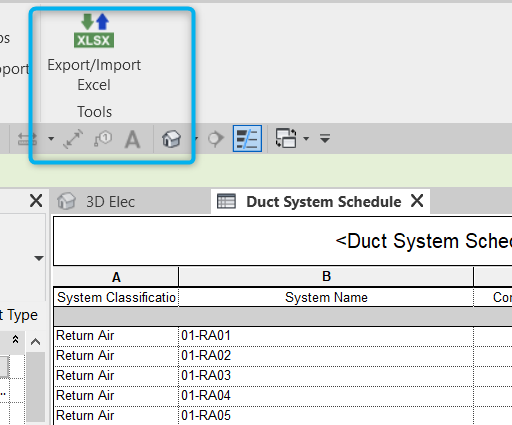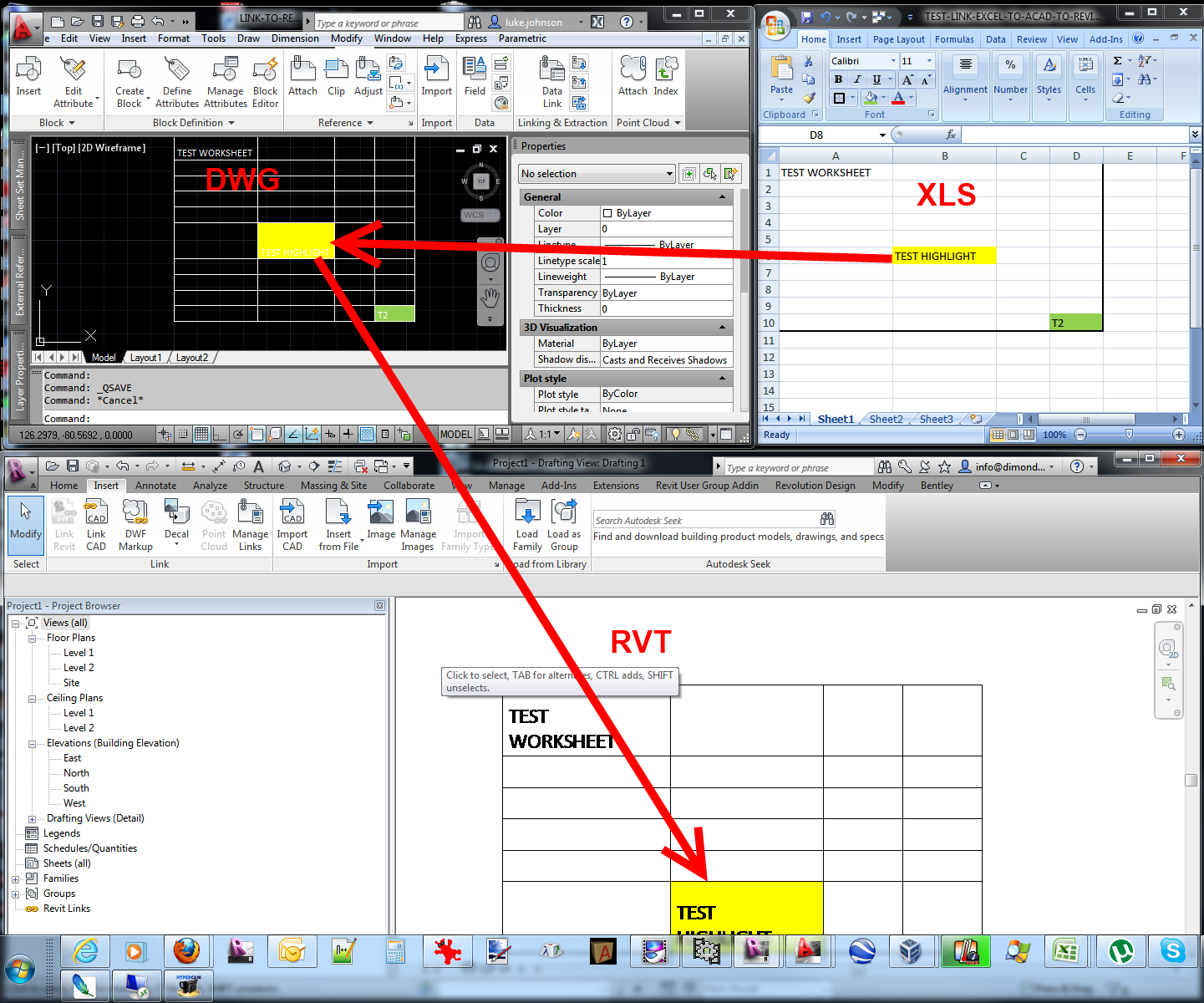Opening New Capabilities: Boost Revit Tools with the Right Plugins
Wiki Article
Excel Empowerment: Supercharge Your Revit Projects With Seamless Data Import
Are you wanting to supercharge your Revit tasks? With seamless data import, Excel empowerment can be the secret to opening your job's complete capacity. Visualize improving the import process and maximizing performance through seamless data assimilation. In this post, we will share suggestions and techniques for making use of Excel in your Revit tasks. Discover exactly how utilizing the Excel-Revit connection can cause success in your jobs. Prepare yourself to take your Revit jobs to the next level with Excel empowerment.The Power of Excel in Revit Projects
You can supercharge your Revit jobs by harnessing the power of Excel for seamless information import. Excel is a versatile tool that can significantly boost your process and performance in Revit (revit tools). With Excel, you can conveniently import and manage huge amounts of information, conserving you time and effortOne of the key benefits of utilizing Excel in Revit is its capability to manage intricate estimations and formulas. You can use Excel to perform calculations on your data, such as creating quantities, computing costs, or evaluating performance. This can be specifically helpful when working with big jobs that need comprehensive calculations.

In enhancement, Excel provides a familiar and user-friendly interface for functioning with data. You can arrange and control your information in a spreadsheet layout, making it very easy to check out and modify. When working together with others or when you require to make fast modifications to your project information., this can be especially handy.
Additionally, Excel allows you to quickly import and export information between Revit and other software application applications. You can import data from exterior sources right into Revit, such as product specifications or equipment schedules, and export data from Revit to Excel for more evaluation or coverage.
Streamlining Information Import With Master Revit
When utilizing Excel as a tool,Simplifying information import in Revit comes to be simpler. With Excel, you have the power to flawlessly import and handle big quantities of information in your Revit projects. By making use of the familiar user interface and functionality of Excel, you can conserve time and increase efficiency in your workflow.Among the key advantages of utilizing Excel for information import in Revit is the ability to easily organize and adjust information prior to importing it into your project. With Excel's effective functions, such as arranging, filtering system, and formulas, you can rapidly tidy up and format your data to fulfill the needs of your Revit job.
Moreover, Excel permits you to import information from different sources, such as data sources, spreadsheets, or perhaps web-based applications. This flexibility gives you the flexibility to collect information from different platforms and settle it into one main place for simple accessibility and monitoring.
In addition, Excel offers the choice to produce customized templates for data import in Revit. By producing layouts tailored to your task's certain needs, you can make certain uniformity and precision in your data import procedure.
General, making use of Excel as a tool for information import in Revit streamlines the process and boosts your performance. Why not take advantage of this effective device and supercharge your Revit projects with smooth information import making use of Excel?
Making The Most Of Performance With Seamless Information Assimilation
Make the most of performance by seamlessly incorporating and managing information in your operations. Gone are the days of by hand inputting data right into your system, losing precious time and resources. With smooth information assimilation, you can enhance your processes and supercharge your efficiency.
Managing data comes to be a breeze when you have a smooth integration system in position. You can quickly arrange and classify your data, making it simpler to recover and evaluate. Bid farewell to the days of exploring endless spread sheets for that piece of info you need.

Excel Idea for Revit Projects
In addition, you can use Excel to produce custom layouts for information import and export. This way, you can ensure consistency and precision when moving information between Revit and Excel. In general, understanding these Excel pointers and methods will greatly enhance your ability to take care of and control information in your Revit projects.Using the Excel-Revit Connection for Success
To make the most of your Excel-Revit connection, benefit from the capability to effortlessly synchronize and transfer task details. By using this effective connection, you can supercharge your Revit projects and simplify your workflow. With simply a few simple steps, you can import information from Excel directly right into Revit, saving you time and guaranteeing precision.Among the essential advantages of the Excel-Revit connection is the ability to transfer data effortlessly. Whether you are importing timetables, area information, or perhaps geometry information, Excel provides an user-friendly user interface that enables you to arrange and adjust your information prior to importing it right into Revit. This means you can easily upgrade and modify your job details in Excel, and with a couple of clicks, move those adjustments straight right into your Revit design.
In enhancement to moving information, the Excel-Revit connection likewise enables for synchronization. This suggests that any adjustments made in Excel can be automatically updated in Revit, ensuring that your job info is constantly up revit tools to day. This synchronization function is particularly helpful when handling intricate and huge projects, as it gets rid of the demand for hand-operated data entry and reduces the danger of errors.
Conclusion
By streamlining data import and making best use of efficiency via smooth information assimilation, you can supercharge your projects and attain success. Do not wait any kind of longer, begin using the power of Excel in your Revit jobs today and unlock a globe of possibilities.You can supercharge your Revit projects by utilizing the power of Excel for seamless information import. With Excel, you have the power to flawlessly import and manage big quantities of information in your Revit projects (revit tools). Generally, mastering these Excel techniques and pointers will greatly improve your capacity to handle and adjust data in your Revit tasks
Whether you are importing schedules, area data, or also geometry info, Excel gives an user-friendly interface that enables you to arrange and control your data before importing it right into Revit. By enhancing information import and making best use of performance via smooth information assimilation, you can supercharge your jobs and attain success.
Report this wiki page